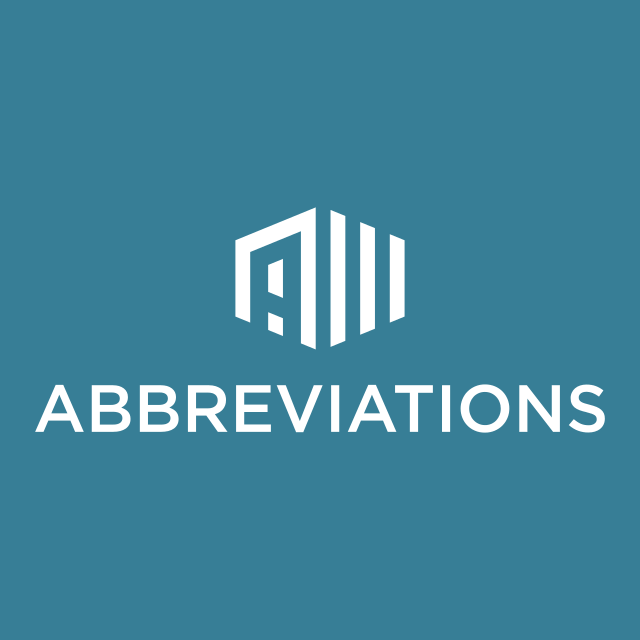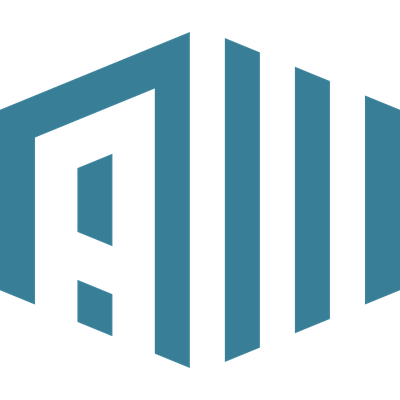What does ISDN mean in Schools?
This page is about the meanings of the acronym/abbreviation/shorthand ISDN in the Community field in general and in the Schools terminology in particular.
Submitted by S4Bot on January 7, 2016
Translation
Find a translation for Independent School Diversity network in other languages:
Select another language:
- - Select -
- 简体中文 (Chinese - Simplified)
- 繁體中文 (Chinese - Traditional)
- Español (Spanish)
- Esperanto (Esperanto)
- 日本語 (Japanese)
- Português (Portuguese)
- Deutsch (German)
- العربية (Arabic)
- Français (French)
- Русский (Russian)
- ಕನ್ನಡ (Kannada)
- 한국어 (Korean)
- עברית (Hebrew)
- Gaeilge (Irish)
- Українська (Ukrainian)
- اردو (Urdu)
- Magyar (Hungarian)
- मानक हिन्दी (Hindi)
- Indonesia (Indonesian)
- Italiano (Italian)
- தமிழ் (Tamil)
- Türkçe (Turkish)
- తెలుగు (Telugu)
- ภาษาไทย (Thai)
- Tiếng Việt (Vietnamese)
- Čeština (Czech)
- Polski (Polish)
- Bahasa Indonesia (Indonesian)
- Românește (Romanian)
- Nederlands (Dutch)
- Ελληνικά (Greek)
- Latinum (Latin)
- Svenska (Swedish)
- Dansk (Danish)
- Suomi (Finnish)
- فارسی (Persian)
- ייִדיש (Yiddish)
- հայերեն (Armenian)
- Norsk (Norwegian)
- English (English)
Definition
What does ISDN mean?
- ISDN
- Integrated Services Digital Network (ISDN) is a set of communication standards for simultaneous digital transmission of voice, video, data, and other network services over the digitalised circuits of the public switched telephone network. Work on the standard began in 1980 at Bell Labs and was formally standardized in 1988 in the CCITT "Red Book". By the time the standard was released, newer networking systems with much greater speeds were available, and ISDN saw relatively little uptake in the wider market. One estimate suggests ISDN use peaked at a worldwide total of 25 million subscribers at a time when 1.3 billion analog lines were in use. ISDN has largely been replaced with digital subscriber line (DSL) systems of much higher performance. Prior to ISDN, the telephone system consisted of digital links like T1/E1 on the long-distance lines between telephone company offices and analog signals on copper telephone wires to the customers, the "last mile". At the time, the network was viewed as a way to transport voice, with some special services available for data using additional equipment like modems or by providing a T1 on the customer's location. What became ISDN started as an effort to digitize the last mile, originally under the name "Public Switched Digital Capacity" (PSDC). This would allow call routing to be completed in an all-digital system, while also offering a separate data line. The Basic Rate Interface, or BRI, is the standard last-mile connection in the ISDN system, offering two 64 kbit/s "bearer" lines and a single 16 kbit/s "delta" channel for commands and data. Although ISDN found a number of niche roles and some wider uptake in specific locales, the system was largely ignored and garnered the industry nickname "innovation subscribers didn't need." It found a use for a time for small-office digital connection, using the voice lines for data at 64 kbit/s, sometimes "bonded" to 128 kbit/s, but the introduction of 56 kbit/s modems undercut its value in many roles. It also found use in videoconference systems, where the direct end-to-end connection was desirable. The H.320 standard was designed around its 64 kbit/s data rate. The underlying ISDN concepts found wider use as a replacement for the T1/E1 lines it was originally intended to extend, roughly doubling the performance of those lines.
Popularity rank by frequency of use
How popular is ISDN among other acronyms?
ISDN#1#1194#31140
Embed
Citation
Use the citation below to add this abbreviation to your bibliography:
Style:MLAChicagoAPA
"ISDN." Abbreviations.com. STANDS4 LLC, 2024. Web. 31 Oct. 2024. <https://www.abbreviations.com/term/1750020>.



Discuss this ISDN abbreviation with the community:
Report Comment
We're doing our best to make sure our content is useful, accurate and safe.
If by any chance you spot an inappropriate comment while navigating through our website please use this form to let us know, and we'll take care of it shortly.
Attachment
You need to be logged in to favorite.
Log In